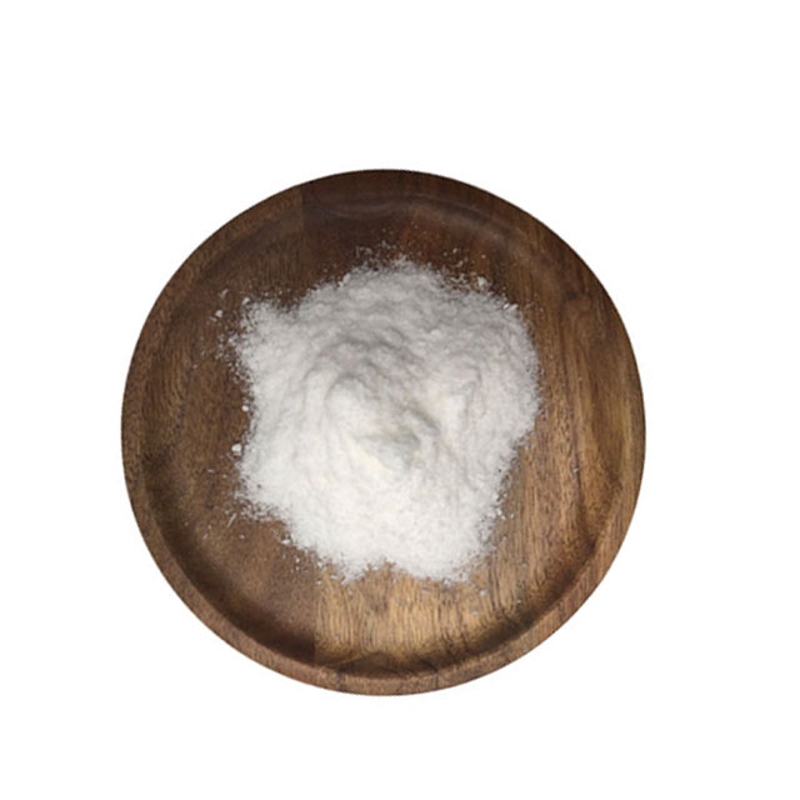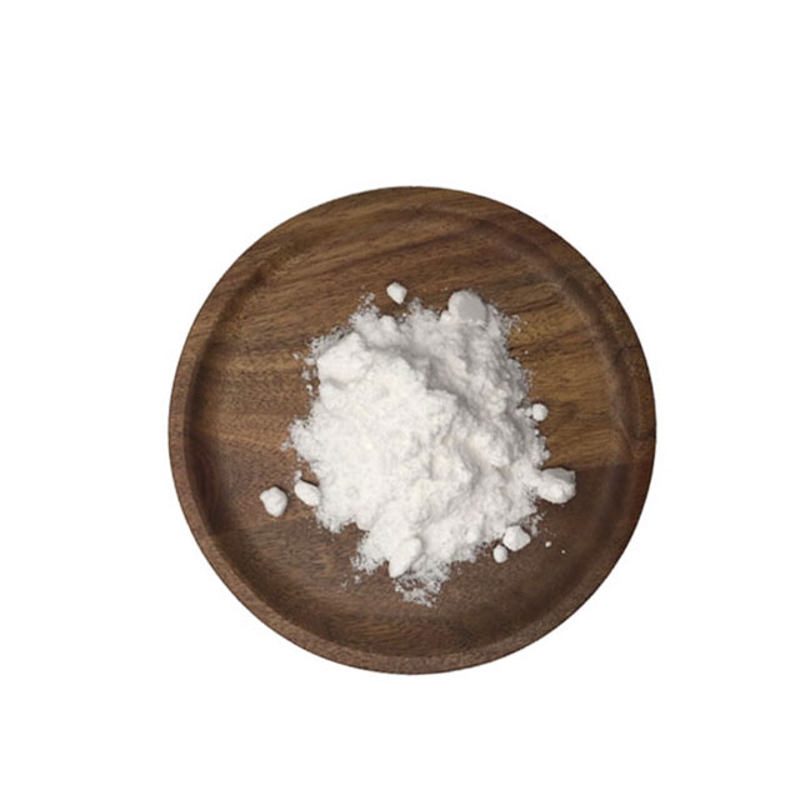The UK produces omega-3 fish oil from genetically modified linen
-
Last Update: 2021-02-06
-
Source: Internet
-
Author: User
Search more information of high quality chemicals, good prices and reliable suppliers, visit
www.echemi.com
recently, scientists at the
RothamstedResearch
,
UK
) in the
Metabolic Engineering Newsletter (
Metabolic EngineeringTheir latest research, published in the journal
, found in a year-long field trial that omega-3 fish oil could be produced in the field using
Camelina sativa
), a genetically modified oil crop that is no different from non-GMO crops in all aspects of growth and development.oil, which is rich in omega-3 unsaturated fatty acids (
omega-
-3), has become increasingly popular, but the price of
omega-
-3 fish oil has remained high due to production constraints. Imagine that if you could produce
o'
-3 fish oil by growing oil crops and producing vegetable oil, it would greatly increase the production of fish oil and reduce the cost of fish oil, thus better meeting the daily needs of mankind.recently, the
Rothamstedt InstituteResearch
,
UK
published their latest findings in the journal metabolic engineering newsletter
Metabolic Engineering
: they found that by using genetically modified linen oil in a year of field trials, they found that
Camelina sativa
) produces omega-3 fish oil in the field, and this GM oil crop is no different from non-GMO crops in all aspects of growth and development (Figure 1: genetically modified linen seeds capable of synthesized fish oil).Figure 1: Genetically modified flax seeds that can synthesize fish oilomega
-3 fish oil is a particularly long-chain polyunsaturated fatty acid, including what we know daily as
EPA
(twenty carbon pentagonoic acid) and
DHA
(22 carbon hexaene) polyunsaturated fatty acids, which are also recognized by various medical groups as beneficial dietary components for the human body.
EPA
and
DHA
reduce the risk of cardiovascular disease and associated metabolic diseases. Today, the main way
human
access
epa
DHA
is through the consumption of wild and farmed marine fish. Although certain types of
omega
-3 polyunsaturated fatty acids can also be found in some plant seeds, such as flaxseed oil, rapeseed oil, soybean oil containing a certain amount of poly
α
unsaturated fatty acids
α
-
linolenic acid
,
),
ALA
one obvious drawback: it cannot be absorbed and utilized directly by the human body. When
ALA
is ingested by the human body, it also under a series of biochemical reactions in the human body before it can be converted into
EPA
and
DHA
that can be directly absorbed and utilized by the human body, and this conversion efficiency is very low, usually less than 10%. Therefore,
EPA
and
DHA
from marine fish are the only
omega
-3 long-chain polyunsaturated fatty acids that can be directly and efficiently absorbed and utilized by the human body.how do marine fish
synthesize
-3 unsaturated fatty acids? Wild marine fish can accumulate
omega
-3 fish oil by preying on other marine organisms (seaweed), while artificially fed marine fish can accumulate
o'
-3 fish oil by feeding fishmeal or other feed containing fish oil (Figure 2: How genetically modified linen crops make fish oil).Figure 2: How genetically modified flax crops produce fish oil Today, more than half of the world's aquatic products are consumed by artificial aquaculture. More and more people choose to consume
s
-3 fish oil, but the sustainable development needs of marine fisheries and environmental pollution restrictions, fish oil production gradually can not meet the needs of consumption. So we need to find
ways
produce omega-3 fish oil. New research from the Lausanne Institute offers a possibility of finding new sources of fish oil. Their results show that genetically modified oil crop blue can make the oil crop in its seeds to synthesize this health-friendly
omega
-3 fish oil. This makes it possible to produce
-3 fish oil on land, ultimately relieving pressure from the ocean.research on the project is funded by the Biotechnology and Bioscience Research council
,
, which is backed by the UK government . Dr.
olgaSayanova
, a senior fellow at the Lausanne Institute and one of the developers of the genetically modified linen crop, said the results of field trials in the first year were very encouraging., they found seven genes that could be used to synthesize
o'
-3 fish oil in a photogastic marine microbe (seaweed). One might wonder, since seaweed can be synthesized directly into
EPA
and
DHA
, why don't we culture seaweed and extract
EPA
and
DHA
directly from seaweed? This may be possible, but with current technology, even if
EPA
and
DHA
can be successfully extracted from seaweed, the extraction process will be very complex and will ultimately lead to high fish oil costs. So at this stage no one is using this method to extract
EPA
and
DHA
. But there are other ways we can get seaweed to help us produce
EPA
and
DHA
. After years of research, they eventually transferred the genes of the seven synthetic
EPA
and
DHA
into flax oil crops.Although previous greenhouse tests have shown that this GM crop has the characteristics of producing
omega
-3 fish oil, it still needs to be further demonstrated through large-scale field trials that this highly effective synthesis of
o
-3 fish oil has no adverse effect on the growth and yield of the crop itself. Through a year of field planting and monitoring, they found that the genetically modified flax crop did not have any esophational difference in germination, growth, flowering, results and seed size compared to non-GMO flax crops.
johnathan Napier
of the Lausanne Institute, the project's host, believes the genetically modified crop they have developed with synthetic
s
-3 fish oil should be by far the most complex genetically engineered plant. Because most of the existing GM crops that have been tested in the field have been transferred to a disease-resistant, insect-resistant, drought-resistant gene, and a total of seven related genes have been transferred to the GM crops that can synthesize
omega
-3 fish oil. Professor Napier
this is a landmark moment that provides a truly sustainable path to the development of fish feed rich in fish oil. Because in the initial stage, this flaxseed oil, which is rich in
omega
-3 fish oil, is not sold directly to consumers
, but rather feeds farmed fish such as salmon as
a feed additive. Perhaps first of all,
genetically modified
-3 fish oil crop feed additives will be easier and faster to pass the EU GM audit. In addition, many species of fish, like other vertebrates, do not effectively convert the short premeditations needed to synthesize
omega
-3 fish oil into
omega
-3 polyunsaturated fatty acids. However, if this plant seed extract, which is rich in
omega
-3 fish oil, is used as fish feed to feed farmed fish, it can help these fish quickly accumulate
o'
-3 fish oil from the feed, ultimately meeting human demand for
o'
-3 fish oil. the Lausanne Institute will continue to conduct further field trials of the genetically modified linen crop on their experimental farms this year. Such field trials are likely to continue into 2017. In this year's field trials, they will grow two different varieties of GM linen crops, as well as non-GMO flax crops for controlled trials. One of the GM varieties, like the one described in this article, has the ability to synthesize both
EPA
and
DHA
two
s
-3 fish oils, while the other GM linen crop variety can only synthesize
EPA
and not
DHA
. The scientists will then compare the two GM varieties, as well as the non-GMO varieties they grow at the same time, and eventually analyze whether there is any difference between them in growth and development, flowering results and seed size. To ensure that the tests do not interfere, the test field for field testing is surrounded by 2.4 metres of barbed wire to avoid entry by unrelated people and to prevent mammals such as rabbits from eating genetically modified plants. When GM crops begin to flower, bird nets will also be covered above the test field, lest birds such as sparrows eat GM flax seeds. addition to the Lausanne Institute, Monsanto in the United States is also developing soybeans that can be synthesized into
different kinds of
-3 fish oil. But
Napier
says the
-
-3 fish oil they developed, made from flax, is closer to the real fish oil than monsanto's
-
-3 fish oil, which is made from soybeans. It is foreseeable that, in the near future, the study will not only yield broad social benefits, but also be beneficial to human health, while promoting and protecting the sustainable development of fisheries and the marine environment.
This article is an English version of an article which is originally in the Chinese language on echemi.com and is provided for information purposes only.
This website makes no representation or warranty of any kind, either expressed or implied, as to the accuracy, completeness ownership or reliability of
the article or any translations thereof. If you have any concerns or complaints relating to the article, please send an email, providing a detailed
description of the concern or complaint, to
service@echemi.com. A staff member will contact you within 5 working days. Once verified, infringing content
will be removed immediately.







